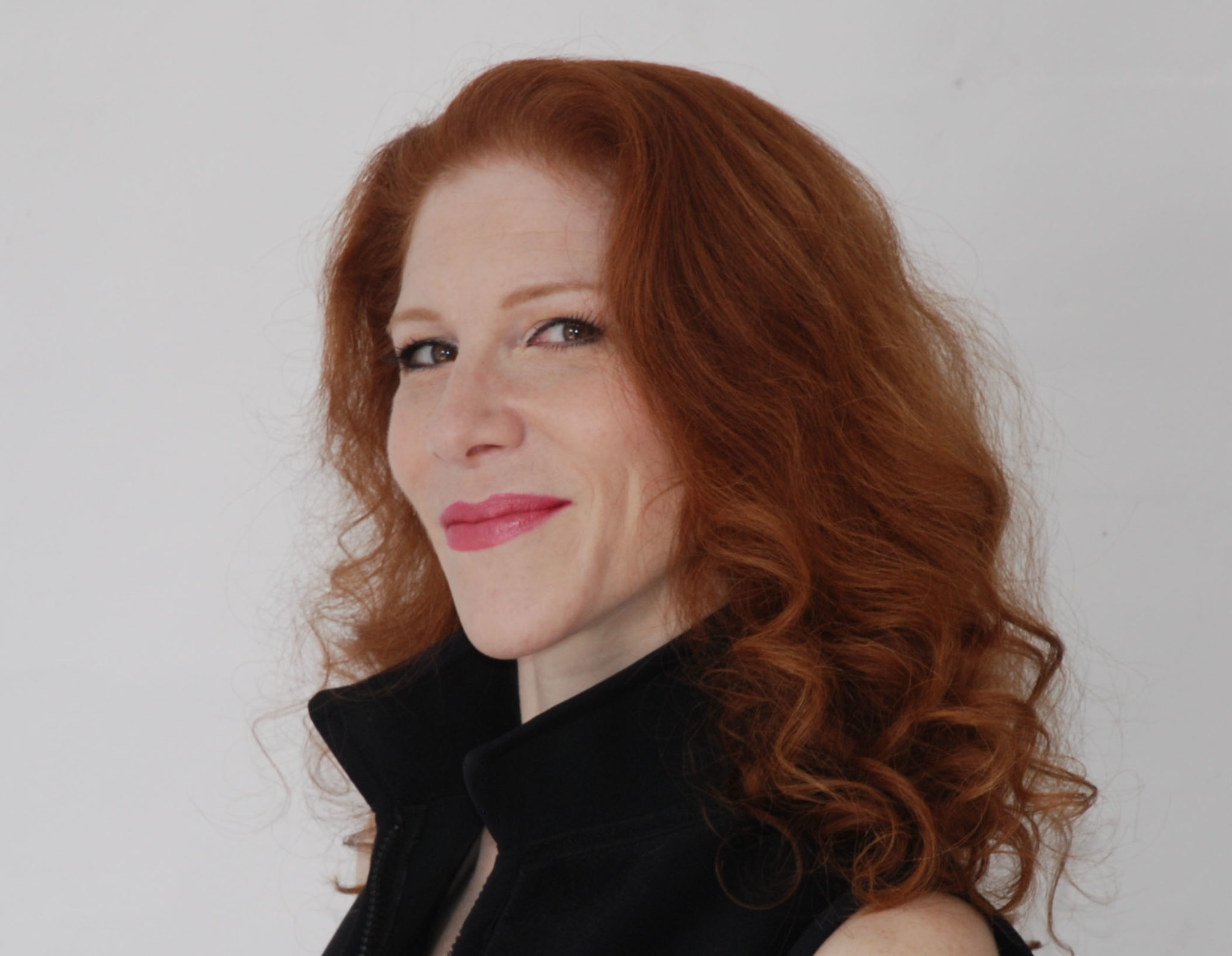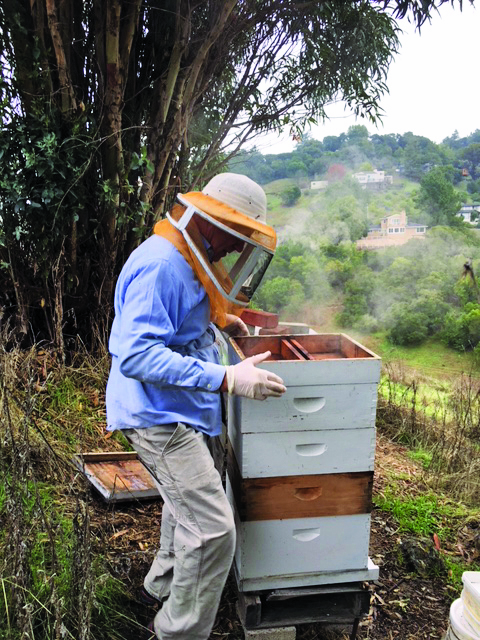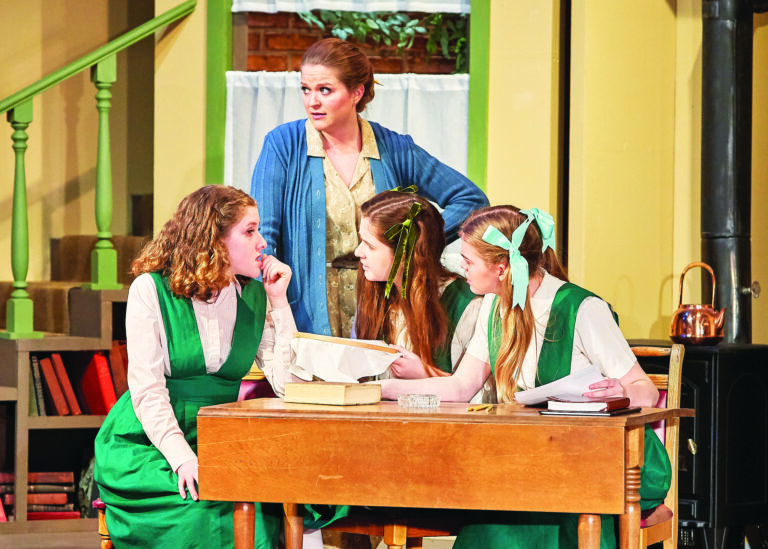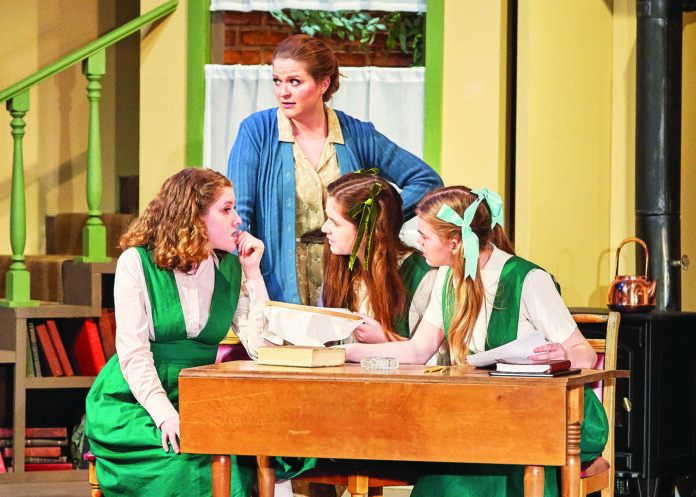Q: Out of the blue, my boyfriend of two years broke up with me. Not long afterward, I saw pix on Facebook of him with some other girl. It’s been two months since our breakup, and he wants to reconcile, so whatever he got into obviously tanked. We were planning on moving in together in the spring. (Maybe he got cold feet?) I still love him, but I’m worried. Did he just break up with me to be with this girl? How do I know this won’t happen again?—Fighting Uncertainty
A: We crave certainty, and we get freaked out by uncertainty. If we weren’t like this, there would be no horror movies, because somebody would say, “Whoa … I hear this weird, unearthly growling in the basement,” and their friend would say, “Yeah, whatever” and keep playing chess, and the monster would cry itself to sleep off camera.
Interestingly, there are some lessons for dealing with potential romantic horror from actual horror fare. Evolutionary researcher Mathias Clasen, author of Why Horror Seduces, believes that one reason we appreciate horror movies is that they allow us to have an intense scary experience under safe circumstances—basically acting as a sort of mental training to help us protect ourselves in dire situations. For example, from a list of horror movie survival tips at the website Slasher Mania: “As a general rule, don’t solve puzzles that open portals to Hell.”
Because horror movies are “evolutionarily novel”—meaning that they didn’t exist in the ancestral environment that shaped the psychology still driving us today—our brains tend to respond to fictional slasher/zombie/demon stuff as if it were real. So, upon entering a tall building, I occasionally flash on a helpful life lesson I picked up from The Shining: If the elevator opens and a flood of blood comes out, take the stairs.
Research by Clasen and his colleagues (presented at a 2017 academic conference I attended, but not yet published) appears to give preliminary support to his horror-movies-as-life-prep hypothesis. There is also published research showing benefits from what I’d call “preparative worrying.” For example, social psychologist Kate Sweeny found that law students who worried more about taking their bar exam felt much better about their results—whether they passed or tanked the thing—compared with those who didn’t fret or didn’t fret much.
Sweeny notes that findings from her research and others’ support two benefits of worry. Worry amps up motivation—spotlighting “the importance of taking action” to head off some undesirable outcome. Worry also leads people “to engage in proactive coping efforts”—providing an emotional airbag should things go badly.
As for your situation, sadly, Apple and Amazon have been remiss in giving Siri and Alexa a crystal ball feature, so there’s no way to know for sure whether this guy would just end up bouncing again. But there is a helpful way to “worry” about a possible future with him, and it’s to do it like a scientist, estimating “probabilities”—what seems likely to happen based on prior experience and information.
To do that, ask yourself some questions: Is he generally a person who feels an obligation to be careful with other people’s feelings? How in touch is he with his own? Is he easily bored and does he have a big lust for novelty and excitement (called being “high in sensation-seeking” by psychologists)?
Next, factor in your own temperament—how emotionally fragile or resilient you are. Practically speaking, the question to ask yourself is: “If he left again, how crushing would that be for me?” However, in answering that, it’s important to get specific about the actual worst-case scenario; for example: “I’d spend four months deforesting the Pacific Northwest by binge-weeping into Kleenex.” This might be a price you’re willing to pay for a shot at being with the man you love, especially if you hate trees.
Ultimately, as psychologist Gerd Gigerenzer, who studies decision-making, writes: “Understand that there is no certainty and no zero-risk, but only risks that are more or less acceptable.” If you conclude that you can accept the potential downsides of trying again with him, consider that his aborted jaunt off into Otherwomanland may have been a good thing. Sometimes it takes a wrong turn to point us in the right direction. Or, putting that another way, perhaps through your boyfriend’s going for what he thought he wanted, he figured out what he really wants.
To avoid being resentful over this little detour of his, maybe use the experience as a reminder to appreciate what you have as long as you have it. As we’ve seen, there are no guarantees in life—not even that the government has safeguards on the missile strike warning system stronger than your grandma’s AOL password. (Hi, Hawaii—glad you’re still with us!)
Please note: This column appears only in our online version of the paper this week.

















